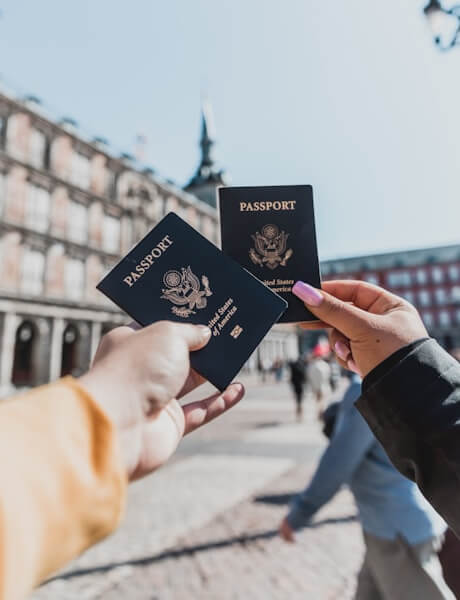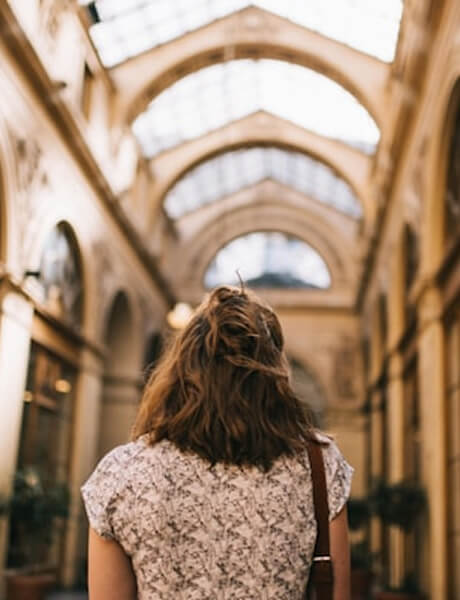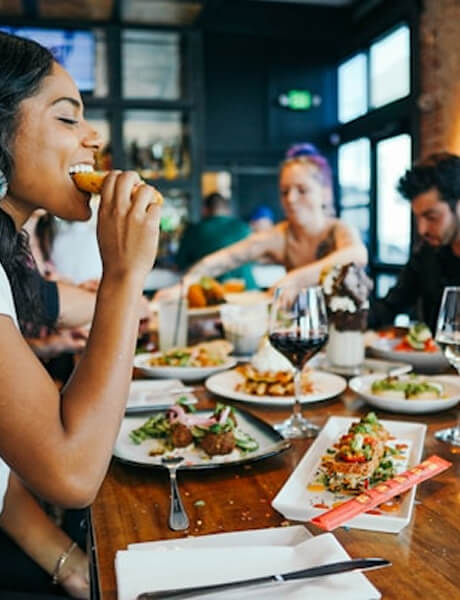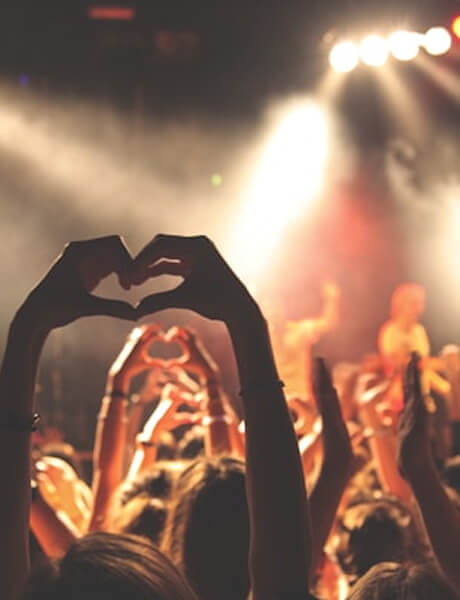
Travel guide Tanzanie
The best time to go en Tanzanie
Practical information for travel en Tanzanie
Get your travel guide: TANZANIE

What to see what to do en Tanzanie?
Where to go en Tanzanie?
The most beautiful tourist sites
Other en Tanzanie destinations
Départements
Zones touristiques
Petit Futé's best addresses en Tanzanie
Discover the most beautiful addresses selected by the authors of Petit Futé.
Featured articles de Tanzanie

Where to go for adventure? Top 11 destinations in 2025
Published on 01/09/2025 Activities and experiences
From America to Asia, via Europe, Oceania and Africa, we're off on a round-the-world adventure. Between grandiose landscapes, wild nature and unforgettable encounters, each stage reveals a new facet...

Where to see wild animals in 2025 The best destinations
Published on 29/08/2025 Activities and experiences
Exploring the world also means meeting its wildlife. From the savannahs of Africa to the rainforests of Asia, from the icy fjords of Canada and Alaska to the coral reefs of Hawaii and Borneo, each...

Where to go on safari in 2025 The best destinations
Published on 19/06/2025 Activities and experiences
Going on safari is the dream of many nature and wildlife lovers. Whether it's to observe the famous Big Five, follow the discreet trail of the leopard, or discover breathtaking landscapes, choosing...
How to travel en Tanzanie
How to go alone
In order to get the best fares, it is essential that you do so well in advance. Consider buying your plane tickets six months before departure or, if you have more time than money, go through the Middle East, there are cheaper tickets in all seasons by these routes.
How to go on a tour
Tour operators offer many customized tours to Tanzania according to your desires and budget. You can choose to focus on a relaxing stay, an escapade in Zanzibar, a safari in the heart of the Tarangire National Park, to climb Kilimanjaro or even to combine all of these, if time and means allow it.
How to get around
Rather expensive, domestic flights in single-engine aircraft remain practical and reliable when you want to reach several sites without wasting time on the road, especially the southern parks or the regions of the three great lakes. Beware, they are not scheduled every day. In the North or to reach the coast, buses are the easiest solution with safe roads. For Zanzibar, we recommend taking one of the many ferries that leave daily from the center of Dar es Salaam.
Book your next trip with Kayak
Travel en Tanzanie
Ideas for holidays and week-end breaks en Tanzanie
Les possibilités de séjours et de circuits en Tanzanie sont si variés qu'il est difficile d'en faire la liste exhaustive. En général, on combine un séjour safari ou l'ascension du Kilimandjaro avec un temps à la plage, pour changer de la poussière de la brousse et des camps rudimentaires de montagne. Il y a beaucoup de parcs réputés dans le nord de la Tanzanie, dont les incontournables cratère de Ngorongoro et hautes plaines du Serengeti, mais on peut aussi varier les expériences en prévoyant une randonnée au bord du lac Eyasi par exemple, ou une visite culturelle dans un (vrai) village maasaï. On peut aussi se concentrer sur les parcs du nord avec une escale au pied du Kilimandjaro, ou au contraire les parcs du sud avec des nuitées dans des villes authentiques (Morogoro, Iringa) proche des parcs de Ruaha, Mikumi et Selous. Les passionnés de plongée se rendront à Zanzibar, mais surtout Pemba et Mafia.
Services
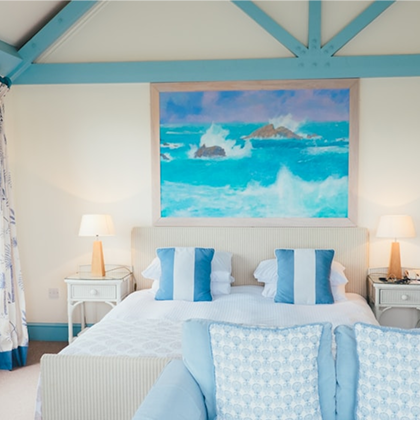
Find a hotel with Booking.com

Rent a car with Bsp-auto

Create a blog and travel journal

Find an agency with Quotatrip
Find unique holiday offers with our partners
Discover la Tanzanie
Tanzania is a country of superlatives that we know little about. We know that it is home to the "roof of Africa", Kilimanjaro, that the island of Zanzibar is part of it and that the Maasai live on its lands. Bordered by Africa's three largest lakes, Victoria, Tanganyika and Nyasa, Tanzania is an immense, fascinating country of plains, high plateaus, mountains, coasts and islands, with absolutely different landscapes from north to south. It's a patchwork of over 120 ethnic groups, most of them Bantu, most of them Catholic, but 90% Muslim in Zanzibar. Full of geographical, historical, ethnic and societal subtleties, Tanzania deserves to be better known. We won't forget to detail the characteristics of the wonders of its wildlife in the Tanzanian national parks, the largest land mammals on the planet, which you can observe on safari in their daily lives.
The 12 keywords en Tanzanie
Home
Tanzanians are friendly to foreigners. You will be greeted everywhere with ringing "Karibu! (welcome) and "Jambo!" (good morning). Sometimes you will be invited to eat. Precious moments of sharing. Tanzanians are curious, and engage their hosts in endless discussions about Tanzania, and about your country.

Adventure
You've come on safari to experience the thrill of the game, discover the great wilderness and fall asleep to the sound of roaring wild beasts or screaming hyenas. There's no question of leaving your tent without the permission of an armed ranger at night! Days of 4x4 driving on chaotic tracks at the end of the world will open your eyes and senses.

Boma
For the Maasaïs, a Boma is a hamlet made up of several huts fashioned from earth and dried cow dung, usually housing several families. This semi-nomadic pastoral people are quick to change campsites. They also have enclosures made from large brambles and branches to protect their livestock.

Capital cities
Dodoma, the country's political and constitutional capital (with Parliament), is a sleepy provincial town in the bush in the center. Dar es Salaam on the coast is the real economic capital, a megalopolis housing embassies and the government. Stone Town is the capital of Zanzibar, which has semi-autonomous status.
Dala-dala, boda-boda
The dala-dala is the cheapest collective minibus, following a route invisible to the untrained eye. More and more people are squeezed inside! In the cities, in addition to cabs, you can also take a bajaj, a motorized tricycle from India and China, or a boda-boda (or piki-piki), a motorcycle cab for short trips.
The Great Lakes
Comprising Tanzania, Uganda, Congo, Rwanda and Burundi, this region is a geographical entity with a rugged topography embellished by large lakes. The continent's three largest lakes border Tanzania: Victoria, Tanganyika and Nyasa, but there are also lakes Manyara, Rukwa, Natron, Eyasi... and many others.
Maasai
They are emblematic of Tanzania. Their uniqueness lies in their Nilotic origin (when 95% of Tanzanians are Bantu) and in their conservation of traditions: pastoral people, red shuka for men, beaded jewellery and scarification as a canon of beauty, etc. You will meet them at Kilimanjaro, Ngorongoro, Arusha...
Markets
Everywhere in the country, you'll find markets bursting with life and color. You'll find an abundance of fruit, vegetables, meat (on which flies tend to wander), spices, basketry, tools, fabrics... and plenty of wriggling fish on the coast. The Maasai hold large markets for livestock, fabrics and weapons.
Mountains
There is more to Tanzania than Kilimanjaro! In addition to the roof of Africa at 5,895 m, the country has a number of impressive peaks and mountain ranges that are classified as national parks. At 4,566 m, Mount Meru is thethird highest mountain in Africa near Arusha. The Ushambara, Udzungwa, and Mahale mountains exceed 2,000 m.
World Heritage
Seven Tanzanian sites are classified as world heritage by UNESCO. Four are natural heritage (Ngorongoro Conservation Area, Serengeti Park, Kilimanjaro Park, and Selous Game Reserve) and three are cultural heritage: the old town of Stone Town, the Persian ruins near Kilwa, and the rock art site of Kondoa.
Swahili
Tanzanians will tell you that they're all Swahili, because they speak Kiswahili, the national language that enables the 120 tribes to understand each other. In reality, the Swahilis themselves live on the coast and islands. They are Muslims, descended from a people of mixed Asian and Arab origins, while the mainlanders are 95% Bantu.

Tanzanite
This precious stone of blue color with purple reflections, a thousand times rarer than the diamond, was discovered in 1967 by a Maasai shepherd. It is found only in this country, in the far north, near Kilimanjaro. The Maasai own 95% of the tanzanite trade, as the mines are located on their land.
You are from here, if...
You know how to handle greetings , which are a national art that should be respected. If you let your ears wander, you're sure to hear people mechanically answering each other with an exchange of a dozen or so phrases before moving on to more personal words. Jambo, mambo vipi? are the sound of young people calling each other on every street corner. A casual "Hello, how are you?", to which they reply Poa, freshy freshy or even Poa kichizi kama ndizi (ndani ya friji ) "Super cool like a banana (in the fridge)". A straightforward handshake in which both palms slap sideways, elbow down, is also a good introduction.
You punctuate your sentences with a reassuring " pole pole" when your interlocutors get impatient with your slow, steady pace like the tides, and a " sawa sawa" to say "okay" when you're chatting.
You're smiling even in the face of daily worries or a crowded dala-dala.








